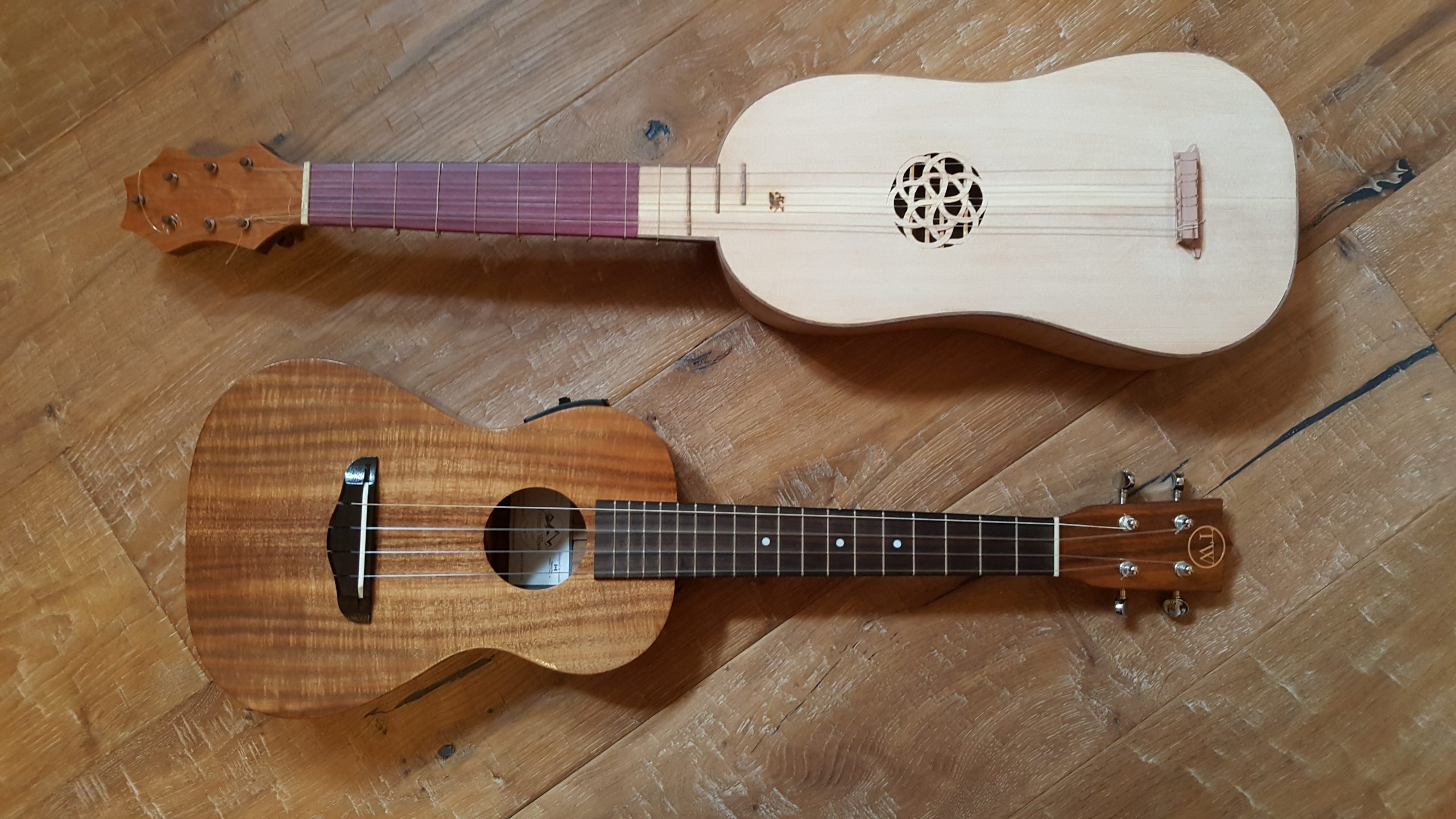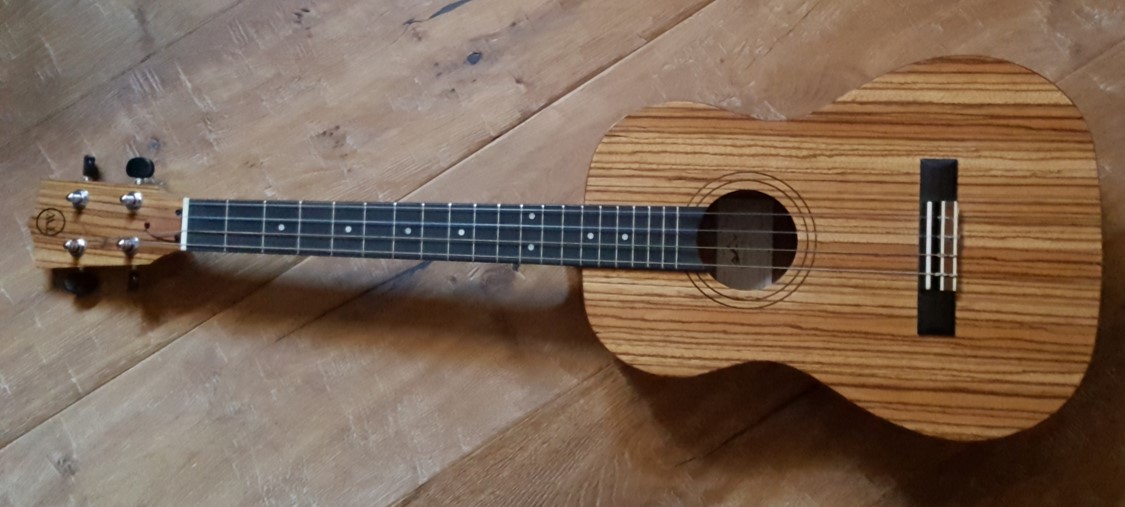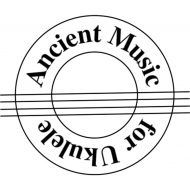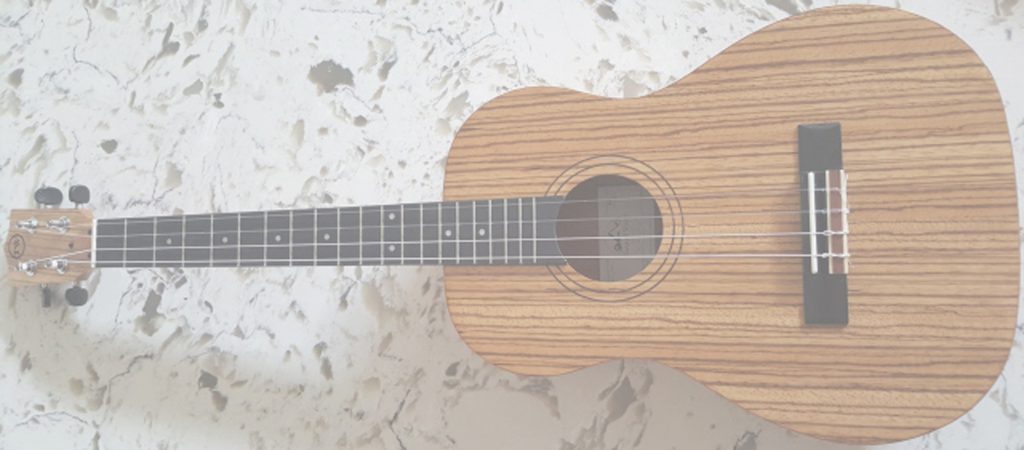
Playing ancient music on the ukulele ….. Absolutely!
“Ancient Music for Ukulele” is project to adapt music for ukulele from the medieval, renaissance, baroque and early classical periods, including arrangements for duets and quartets. The music is then published in books that are enjoyable for beginner to intermediate or advanced players. The arranger, Robert Vanderzweerde, is an amateur guitar (classical, acoustic and renaissance), bass, mandolin and ukulele (tenor and baritone) player.
Why does this music sound so nice on the ukulele?
 The first documented instance of a guitar is in 1488. By the 1500’s, the renaissance guitar (see illustration) was strung with 4 courses with the highest pitched single string tuned A, double E strings, double C strings and the lowest course was a split octave with a lower G and an upper G.
The first documented instance of a guitar is in 1488. By the 1500’s, the renaissance guitar (see illustration) was strung with 4 courses with the highest pitched single string tuned A, double E strings, double C strings and the lowest course was a split octave with a lower G and an upper G.
The modern ukulele is a direct descendent of this, although with single strings rather than courses. If the ukulele is tuned with the upper G in the fourth string, it has re-entrant tuning (the familiar “my dog has fleas” that many of us learned). A ukulele with the lower G has linear tuning.
Baroque guitars, which had five strings, lute (see illustration below) and the vihuela (see illustration below) are tuned the same as the modern classical guitar. Guitars evolved during the Classical period with larger bodies and a sixth string was eventually added.
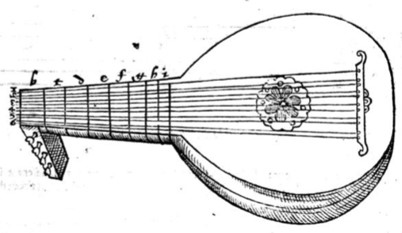

No wonder this music sounds so wonderful on a ukulele.
The picture below shows (from top to bottom) a replica Renaissance guitar and a tenor ukulele made from banyan wood and below that, a baritone ukulele made from zebra wood (all instruments shown are owned by the arranger).
